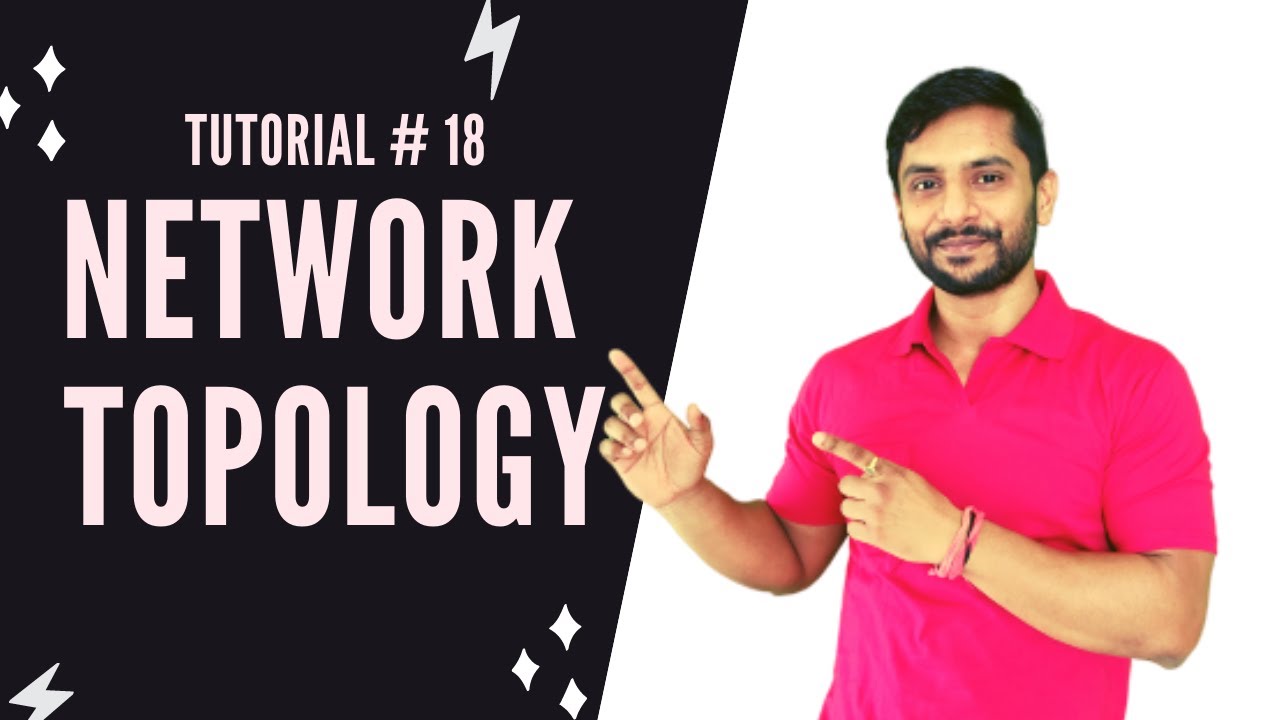Transformasi Digital: Media Sosial dan Jejaring Sosial
Summary
TLDRThis video script provides an insightful overview of social media and social networking, explaining their definitions, differences from traditional media, and various advantages and disadvantages. It highlights how social media fosters global connectivity, real-time information sharing, and user interactivity, while also discussing challenges like misinformation, privacy issues, and cyberbullying. The script also covers popular platforms such as Facebook, Instagram, and Twitter, and emphasizes the importance of using social media responsibly for personal, business, and educational purposes. Ultimately, it encourages users to engage with these platforms in a mindful and positive manner.
Takeaways
- 😀 Media social is an internet-based platform for publishing digital content that allows interaction with readers.
- 😀 Social networking is a use of internet-based social media to stay connected with friends, family, customers, or clients.
- 😀 Traditional media includes print publications (newspapers, magazines) and broadcast media (radio, TV), while social media is an internet-based platform for sharing content.
- 😀 Social media is a subset of social networking platforms where users can create public profiles, interact with others, and share content.
- 😀 The key difference between traditional media and social media lies in their functions—traditional media spreads news, while social media facilitates communication.
- 😀 Traditional media follows a one-to-many model of content creation, whereas social media allows for many-to-many content sharing.
- 😀 Social media enables real-time interactions and comments, while traditional media is more one-directional and controlled by editors.
- 😀 The speed of content dissemination on social media is far faster than traditional media, which has delays like daily publication cycles.
- 😀 Social media allows for media convergence, offering content in various formats (text, video, audio), unlike traditional media which typically sticks to one format.
- 😀 The cost of content creation in traditional media is high, requiring large investments, while social media allows free content sharing by individuals.
- 😀 Social media connects people globally, providing real-time information, educational content, and entertainment, but also has the risk of spreading misinformation, cyberbullying, and fake news.
Q & A
What is the primary distinction between social media and traditional media?
-Social media allows for user-generated content and interaction, while traditional media involves one-way communication from media outlets to the audience. Social media platforms are built on Web 2.0 technologies and encourage participation, while traditional media typically relies on editors and limited public interaction.
What is the main difference between social media and social networking?
-Social media is a platform for sharing and publishing content online, while social networking focuses on connecting people with others, such as friends, family, and colleagues, often through these platforms.
What are the key advantages of social media over traditional media?
-Social media allows for instant communication, global connections, and real-time news updates. It provides interactive platforms for users to share content and feedback, unlike traditional media, which is typically slower and more limited in its reach.
How do the processes of content creation differ between traditional media and social media?
-In traditional media, content creation follows a one-to-many approach, where editors decide what content gets published. In contrast, social media operates on a many-to-many model, enabling users to create and share content, making the process more democratic and interactive.
How does interactivity differ between traditional media and social media?
-Traditional media offers one-way communication, where content is delivered to an audience with no immediate feedback. Social media, however, encourages two-way communication, allowing users to comment, share, and interact with content in real-time.
Why is speed an important factor in social media compared to traditional media?
-Social media provides immediate access to information, allowing for instant updates. Traditional media, such as newspapers and television, requires time for content production and distribution, often resulting in delayed reporting.
What is meant by 'convergence' in media, and how does it apply to social media?
-Convergence refers to the ability of different types of media to merge into one platform. Social media enables this convergence by allowing users to post text, images, videos, and audio, whereas traditional media operates within specific formats like print, radio, or television.
What are the limitations of traditional media's reach compared to social media?
-Traditional media has a limited reach based on the size of its audience, subscription base, and geographical constraints. In contrast, social media allows global connectivity, offering a far-reaching and almost limitless audience.
What are the cost differences between content creation in traditional media and social media?
-Traditional media often involves higher costs, such as for printing, broadcasting, and infrastructure. Social media, however, allows users to publish content for free, with some platforms offering paid services for additional features.
What are some of the negative aspects of social media use mentioned in the transcript?
-Negative aspects include the spread of misinformation, potential for cyberbullying, and the risks associated with privacy breaches. Additionally, the overwhelming amount of content on social media can lead to misinformation and fake news.
Outlines

This section is available to paid users only. Please upgrade to access this part.
Upgrade NowMindmap

This section is available to paid users only. Please upgrade to access this part.
Upgrade NowKeywords

This section is available to paid users only. Please upgrade to access this part.
Upgrade NowHighlights

This section is available to paid users only. Please upgrade to access this part.
Upgrade NowTranscripts

This section is available to paid users only. Please upgrade to access this part.
Upgrade NowBrowse More Related Video

PROMOSI USAHA/PEMASARAN USAHA/PENGOLAHAN MAKANAN KHAS DAERAH DIMODIFIKASI PKWU KELAS 12/PKWU

Adab Bersosial Media (Akidah Akhlak Kelas 8)

What Is AR And VR | Virtual Reality And Augmented Reality Explained | AR VR Tutorial | Simplilearn

Control Valve Types (Gate Valve, Globe Valve, Ball Valve etc.)!

İYTE XI. Eğitim Çalıştayı - Dr. Buket Erşahin

Network Topologies | Bus Topology Star Topology Ring Topology Tree Topology Mesh Topology | In Hindi
5.0 / 5 (0 votes)